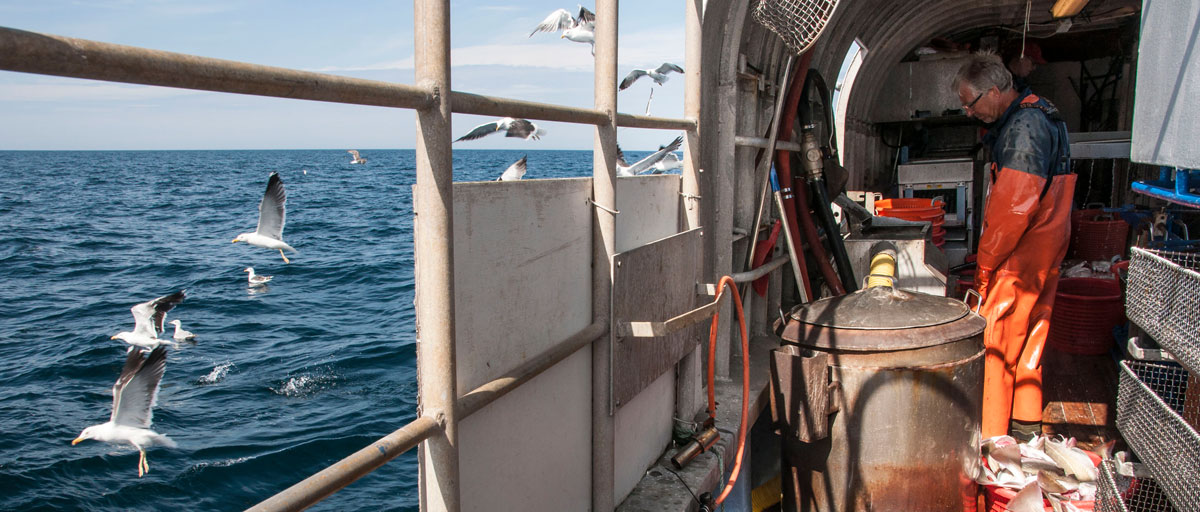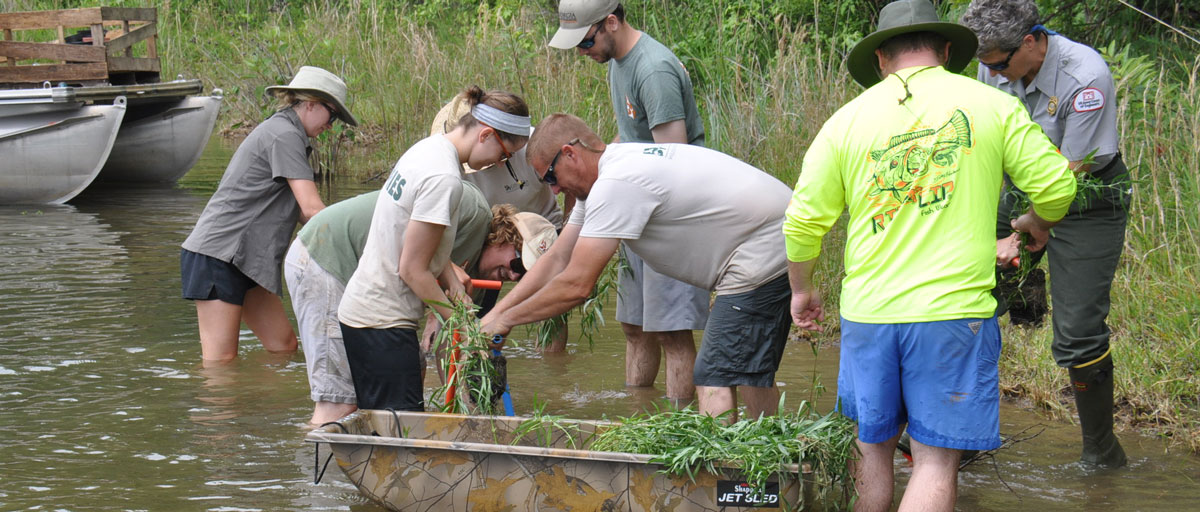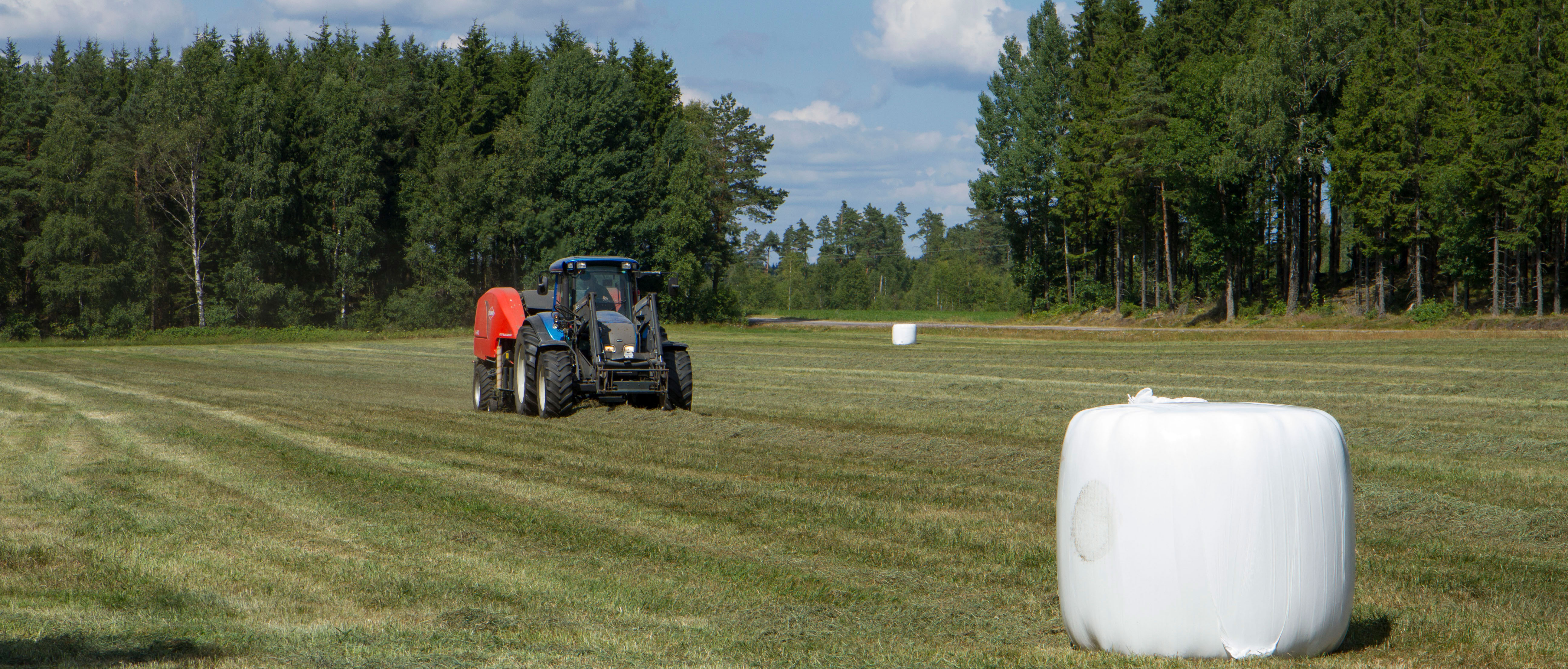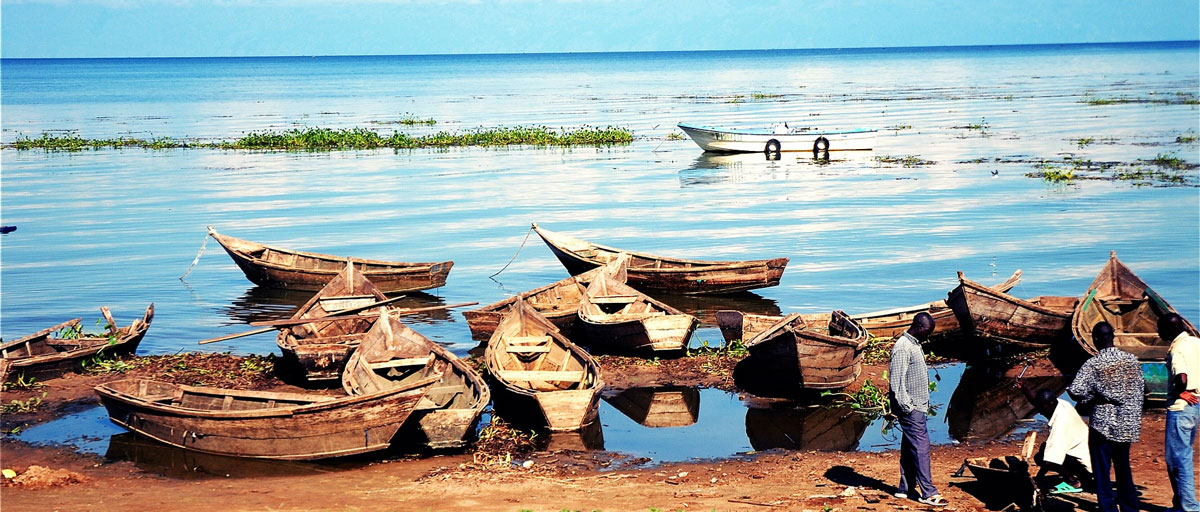
A new framework analyses the social-ecological interactions that give rise to emergent phenomena such as regime shifts, transformations or traps. It was tested on several cases, including cod fisheries in the Baltic Sea. Photo: K. Hellmig/Azote
Bildtext får vara max två rader text. Hela texten ska högerjusteras om den bara ska innehålla fotobyline! Photo: B. Christensen/Azote
Complex adaptive systems
More complex than the sum of its parts
New framework for analysing emergent properties and dynamics in social-ecological systems tested on seven case studies
- A new framework for studying how complex interactions among social and ecological elements generate system-level patterns in social-ecological systems suggested
- The framework expands on Ostrom’s concept of an action situation and combines it with complex adaptive systems and resilience thinking to analyse the social-ecological interactions that give rise to emergent phenomena such as regime shifts, transformations or traps
- It was tested on cod fisheries in the Baltic Sea, poverty in the Pamir Mountains, spread of the avian influenza, and four other cases
In all systems where a variety of humans and diverse elements of nature interact, outcomes at a system level emerge. These system level outcomes, such as novel properties, spatial patterns or temporal dynamics, are more than the sum of the parts and you would not find them by only studying any of the individual parts alone. Examples include land-use patterns in an agricultural landscape, the collapse of a fishery and the spread of an epidemic.
Even though many earlier studies have illustrated how complex interactions among the parts give rise to system-level patterns, there is still a lack of tools to fully understand how they are generated and, in turn, affect local interactions between people and nature.
This is the rationale behind a new study published in Ecology and Society, by lead author Maja Schlüter and seven other researchers from the centre and the Beijer Institute: Jamila Haider, Steven Lade, Emilie Lindkvist, Romina Martin, Kirill Orach, Nanda Wijermans and Carl Folke.
The importance of social-ecological interactions
Analyses of social-ecological systems do, however, not only require approaches that can account for what the researchers call “processes of emergence”.
They also need to become much better at capturing the deeply “intertwined” nature of social and ecological processes that determine the coevolution of SES and the emergence of SES phenomena, Schlüter and her colleagues argue.
Treating human and nonhuman entities as equal is a first step to overcome the dichotomy between social and ecological and thus to better account for the intertwined nature of social-ecological systems.
Maja Schlüter, lead author
As a response to these shortcoming the researchers introduce a new approach, called the Social-Ecological Action Situations (SE-AS) framework.
It extends the concept of an action situation (AS) from just a social interaction to also include social-ecological and ecological action situations.
The former are at the core of any SES analysis and represent any type of relation or interaction between a group of people and elements of an ecosystem, such as fishing. The latter represent interactions between ecological components, such as between a predator and a prey in a foodweb or between crops and soil organisms.
Interactions between the elements of an AS influence other AS through their emergent outcomes, e.g. the rule that emerges from a rule-making AS influences the interactions between fishers and fish in a fishing AS. The AS and their emergent outcomes can be combined into a network or configuration of AS that represents those interactions that may have caused a phenomenon of interest, such as the collapse of the Baltic cod stocks.
The purpose of the framework, the authors explain, is to support the development of hypotheses about the social-ecological interactions that may explain a phenomenon.
This can be further explored in a field study or through a modelling exercise.
Seven case studies
The authors apply SE-AS to seven case studies around the world. The cases include the collapsing cod fisheries in the Baltic Sea, persistent poverty in the Pamir Mountains of Tajikistan, crop failure in Tanzania, and spread of the avian influenza.
When analyzing the 1980s collapse of the Baltic cod stocks, for example, the researchers consider the interplay between a range of AS, including interactions between cod and sprat, but also individual fishers’ perceptions of cod availability, their interactions with the cod populations, policy making AS that provide government subsidies and market interactions that influence cod prices.
“Although the ecological drivers of the collapse, such as change in temperature and salinity are well known, the contribution of social-ecological and social processes to the collapse has only recently received attention,” they write.
The framework helped develop a hypothesis of the social, social-ecological and ecological interactions and their interplay that jointly gave rise to the collapse. This hypothesis was developed in an interdisciplinary collaboration and then explored using a mathematical model.
Unravelling the complexity
The authors emphasise that the goal of the new framework is not necessarily to find the single best explanation to a social-ecological problem, but rather to unravel a range of different understandings as a basis for further exploration and learning.
The framework goes beyond existing frameworks and approaches, such as the “SES framework” or “causal loop diagrams”, by more explicitly focusing on both the interplay among social-ecological interactions and the emergent outcomes they produce.
Given the complexity of all coupled systems of humans and nature and the diversity of knowledge and research disciplines, the authors conclude that neither their framework or any other single framework will be sufficient on its own.
“We hope that our framework will complement other approaches by providing a way to analyze and theorize about social-ecological systems as complex adaptive, intertwined systems of humans in nature,” they write.
Methodology
The new framework is based on the late Nobel Laureate Professor Elinor Ostrom’s concept of an Action Situation (AS). An AS is a situation in which individuals interact, observe information, select actions, and realize outcomes. In particular, the researchers behind the new study extended the AS from being purely social and introduced two new AS types: (1) “Social-Ecological Action Situations (SE-AS)” that capture interactions between humans and nonhuman entities, such as fish in a lake, a field, or a particular landscape; and (2) “Ecological action situation (E-AS)” that covers relations or interactions between ecological or biophysical elements, such as predation of one species on another or the impact of a crop on soil quality. A configuration of AS and their outcomes represents a possible explanation of the phenomenon of interest. The ability of the framework for mapping possible explanations was then tested by applying it to different case studies of regime shifts, traps, and sustainable resource use.
Schlüter, M., L. J. Haider, S. J. Lade, E. Lindkvist, R. Martin, K. Orach, N. Wijermans, and C. Folke. 2019. Capturing emergent phenomena in social-ecological systems: an analytical framework. Ecology and Society 24(3):11.
https://doi.org/10.5751/ES-11012-240311









